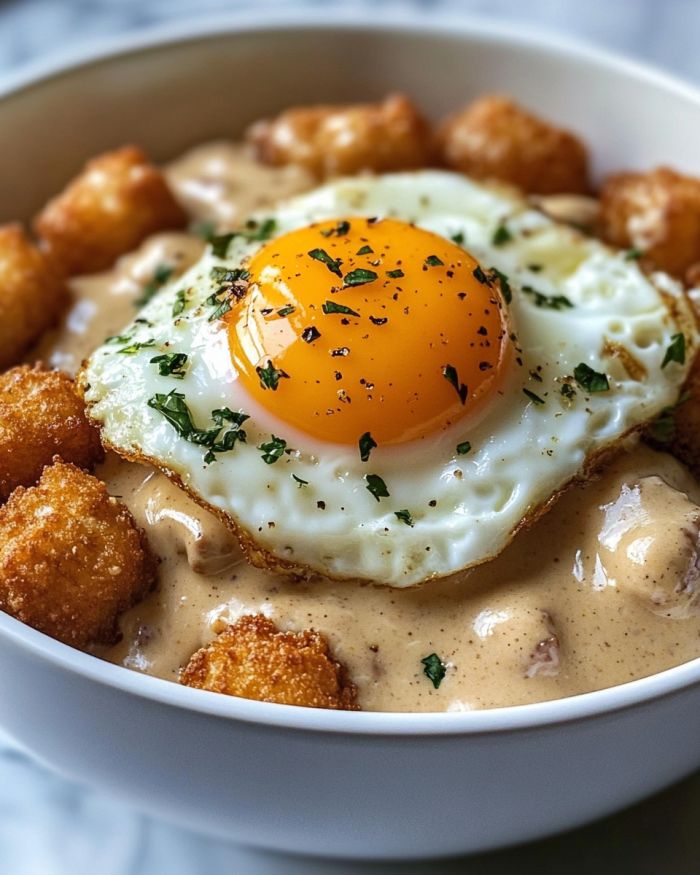ADVERTISEMENT
5. **Asian Sauces**
Asian cuisines are known for their use of bold, complex flavors in their sauces, often incorporating ingredients like soy sauce, fish sauce, sesame oil, and rice vinegar. Some popular Asian sauces include:
– **Soy Sauce**: A salty, umami-rich sauce used as a base for stir-fries, marinades, and dipping sauces.
– **Teriyaki Sauce**: A sweet and savory sauce made from soy sauce, sake, mirin, and sugar, often used in Japanese cooking.
– **Sweet and Sour Sauce**: A tangy, sugary sauce made with vinegar, sugar, and fruit juice, commonly used in Chinese cooking for meats and vegetables.
—
### **The Secret to an Amazing Sauce**
While each type of sauce has its own method and ingredients, the key to creating an amazing sauce lies in a few basic principles. These principles are what set apart a mediocre sauce from an extraordinary one:
1. **Quality Ingredients**: The foundation of any great sauce is high-quality ingredients. Whether it’s fresh herbs, ripe tomatoes, or a rich stock, using the best ingredients you can find will elevate your sauce to the next level.
2. **Balancing Flavors**: The best sauces are those that have a balance of flavors: salty, sweet, sour, and bitter. For example, a great tomato sauce might balance the acidity of tomatoes with the sweetness of sugar and the umami of garlic and onions. A good sauce should have a harmonious blend of all the components.
3. **Proper Seasoning**: Don’t forget the importance of seasoning! Salt, pepper, and other spices can make or break a sauce. Adding them gradually, tasting as you go, ensures that the flavors come together beautifully.
4. **Time and Technique**: Some sauces need time to develop their flavor, like a slow-cooked marinara or a rich gravy. Others need careful attention to texture and consistency, such as whisking in butter or cream to achieve a smooth, velvety finish. Patience and technique will help bring your sauce to perfection.
5. **Consistent Texture**: Texture is equally important as flavor. The right sauce should have the proper consistency for the dish it’s being used for—whether it’s thick enough to coat pasta or thin enough to drizzle over vegetables. If your sauce is too thick, you can thin it out with stock or water; if it’s too thin, a quick reduction will help concentrate the flavor.
—
### **Recipes Where the Sauce Makes All the Difference**
While every recipe benefits from the right sauce, there are certain dishes where the sauce is truly the star. These are the recipes where the sauce can make or break the dish. Here are some examples of dishes where the sauce is truly what makes them amazing:
1. **Chicken Marsala**: The star of this Italian-American dish is the savory Marsala wine sauce, made with mushrooms, butter, and Marsala wine. The sauce provides depth and complexity to the tender chicken breasts, turning an ordinary dish into an extraordinary one.
2. **Beef Bourguignon**: A rich French stew made with beef braised in red wine, vegetables, and herbs. The sauce that forms as the beef cooks is essential, with its deep, savory flavors being what makes this dish so comforting and indulgent.
3. **Spaghetti Carbonara**: The creamy egg-based sauce that coats the pasta in carbonara is what makes this dish so rich and velvety. It’s simple yet luxurious, and the combination of pancetta, eggs, Parmesan, and black pepper creates an unforgettable flavor.
4. **Chicken Alfredo**: The creamy Alfredo sauce made with butter, cream, and Parmesan cheese is the key to making this pasta dish extraordinary. It’s smooth, rich, and comforting—everything you want in a pasta sauce.
5. **Tacos with Salsa Verde**: Fresh, tangy, and flavorful, the salsa verde that tops tacos brings a burst of brightness and balances the richness of the meat. Whether it’s made with tomatillos, cilantro, or green chili, this sauce is a game-changer.
—
### **Conclusion**
The sauce truly is what makes a recipe amazing. It’s the element that can transform a simple meal into something extraordinary, bringing together layers of flavor, texture, and balance. Whether it’s a rich tomato sauce for pasta, a creamy sauce for chicken, or a tangy dressing for vegetables, the right sauce can elevate any dish and make it unforgettable.
As a home cook, learning how to create sauces and understanding their importance will give you the tools to take your cooking to the next level. So, the next time you’re preparing a meal, don’t underestimate the power of the sauce—believe me, it’s what makes the recipe amazing!
